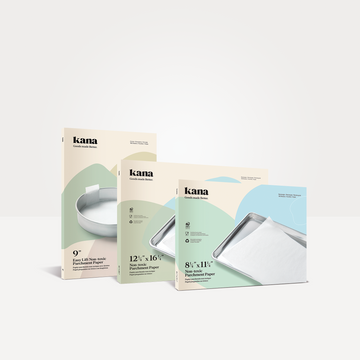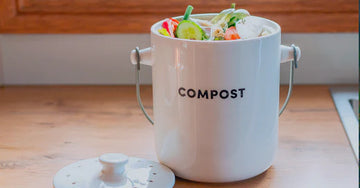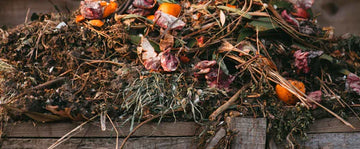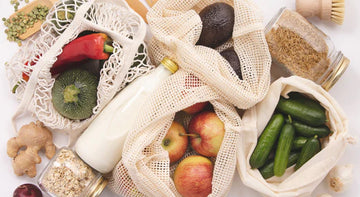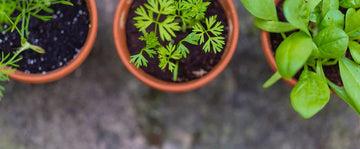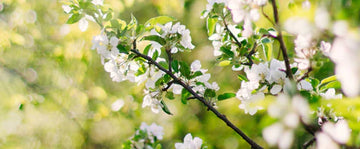Kana Parchment Paper is PEFC-Certified - here's what that means

Supporting sustainable forestry is a powerful way we can all work to revitalize the Earth's forests after decades of destruction.
Home to 80% of the world’s land-dwelling creatures and spanning a third of our planet’s surface1, forests are, without a doubt, one of the most valuable ecosystems on Earth. Forests prevent soil erosion, remove carbon from the atmosphere, and are vital to the livelihoods of billions around the world. Even so, human ambition during the last century has had a devastating impact on the health and prosperity of Earth’s forests, the cost of which we are now truly beginning to understand. Inspired by the dire circumstances faced by forests around the world, initiatives like the Programme for Endorsement of Forest Certification (PEFC) have been established to champion the cause of sustainable forestry, and revolutionize our relationship with the trees.
What's the deal with carbon dioxide and trees?
In order to understand the vital role forests play in Earth’s climate, we need to take a closer look at the relationship between trees and carbon dioxide. Between 1750 and 2011, carbon dioxide emissions have contributed the most to the global warming2, accumulating in the atmosphere, trapping heat, and driving climate change. Forests have an extraordinary ability to temper this effect. Through photosynthesis, the trees in forests are able to remove carbon dioxide from the air and convert it into wood and soil in a process referred to as carbon sequestering3. Until the wood from these forests breaks down, for example through burning or rotting, the carbon that has been sequestered remains locked up in the trees cells - preventing it from contributing to climate change. This means that every wood and paper product in your life is currently storing carbon, sequestered from the atmosphere4.
Unfortunately, rapid deforestation and forest degradation are sabotaging the ability of forests to perform this valuable function. According to a 2015 article in the journal, Nature, 'over 15 billion trees are cut down each year, and the global number of trees has fallen by approximately 46% since the start of human civilization'5. Land clearing for agriculture, poor infrastructure planning, and illegal logging contributes to the loss of 18.7 million acres of forests annually, which equates to 800 soccer fields of forest every hour6.
Unfortunately, rapid deforestation and forest degradation are sabotaging the ability of forests to perform this valuable function. According to a 2015 article in the journal, Nature, 'over 15 billion trees are cut down each year, and the global number of trees has fallen by approximately 46% since the start of human civilization'5. Land clearing for agriculture, poor infrastructure planning, and illegal logging contributes to the loss of 18.7 million acres of forests annually, which equates to 800 soccer fields of forest every hour6.
This has happened at the same time as carbon emissions have peaked - with half of all carbon dioxide in the atmosphere having been generated in the last half century7. It’s estimated that between 25 and 30 percent of greenhouse gases released into the atmosphere each year are a direct result of deforestation8.
It doesn't have to be this way
The destruction of the planet’s forests at such an astonishing rate is nonsensical, since wood is, by its nature, a sustainable material. It’s totally possible for forests to grow and thrive while still meeting our appetite for wood and paper products. In fact, the demand for wood and paper may be just the thing to help our forests recover and grow, as long as those forests are sustainably managed.
Sustainable forest management is defined by the United Nations Food and Agriculture Organization (FAO) as:
'The stewardship and use of forests and forest lands in a way, and at a rate, that maintains their biodiversity, productivity, regeneration capacity, vitality and their potential to fulfil, now and in the future, relevant ecological, economic and social functions, at local, national, and global levels, and that does not cause damage to other ecosystems.'
It’s on this principle that the Programme for Endorsement of Forest Certification (PEFC) was established in 1999. The PEFC is a not-for-profit organisation that promotes responsible forest management by providing certification to forest owners who meet the PEFC’s benchmarks for sustainability.
Since its inception, the PEFC has been able to certify 313 million hectares of forest across the world as meeting their requirements for sustainability9. These include “conservation and enhancement of ecosystem biodiversity”, “respect for human rights in forest operations”, and “climate positive practices such as reduction of GHG emissions in forest operations” and more10.
Another organization we associate with sustainable forestry is the Forest Stewardship Council, or FSC. While the goals of the PEFC and FSC are the same they were established with slightly different priorities in mind. When the FSC was founded in 1993 it sought to establish sustainable practices in forestry, while the PEFC sought to provide a way for forest owners worldwide to have their local forestry practices certified as sustainable11. Since then the PEFC and FSC have become functionally very similar, and by mid-2018 over 20% of the world’s forests were “double-certified” by both the PEFC and FSC12.
Sustainable forest management is defined by the United Nations Food and Agriculture Organization (FAO) as:
'The stewardship and use of forests and forest lands in a way, and at a rate, that maintains their biodiversity, productivity, regeneration capacity, vitality and their potential to fulfil, now and in the future, relevant ecological, economic and social functions, at local, national, and global levels, and that does not cause damage to other ecosystems.'
It’s on this principle that the Programme for Endorsement of Forest Certification (PEFC) was established in 1999. The PEFC is a not-for-profit organisation that promotes responsible forest management by providing certification to forest owners who meet the PEFC’s benchmarks for sustainability.
Since its inception, the PEFC has been able to certify 313 million hectares of forest across the world as meeting their requirements for sustainability9. These include “conservation and enhancement of ecosystem biodiversity”, “respect for human rights in forest operations”, and “climate positive practices such as reduction of GHG emissions in forest operations” and more10.
Another organization we associate with sustainable forestry is the Forest Stewardship Council, or FSC. While the goals of the PEFC and FSC are the same they were established with slightly different priorities in mind. When the FSC was founded in 1993 it sought to establish sustainable practices in forestry, while the PEFC sought to provide a way for forest owners worldwide to have their local forestry practices certified as sustainable11. Since then the PEFC and FSC have become functionally very similar, and by mid-2018 over 20% of the world’s forests were “double-certified” by both the PEFC and FSC12.
“The stewardship and use of forests and forest lands in a way, and at a rate, that maintains their biodiversity, productivity, regeneration capacity, vitality and their potential to fulfil, now and in the future, relevant ecological, economic and social functions, at local, national, and global levels, and that does not cause damage to other ecosystems.”
What you can do to help
Everyone’s colour palette preference is going to vary slightly, but putting thought into the amount and variation of those colours is going to be key when it comes to items on display. Maybe you’re more into whites and neutrals, or perhaps you prefer a more varied colour scheme. Either way, it’s important to keep those choices in mind when choosing what items you’ll have out on display.


Purchasing goods made of wood from certified-sustainable forests is a simple way that you can contribute to the regeneration of the world’s forests, improve the livelihood of forest-workers worldwide, and help pump the brakes on global climate change. As demand for sustainably-certified wood and paper grows, so does the need for healthy trees13. When you choose a product made from PEFC-certified wood or paper over its plastic or metal counterpart, you are directly contributing to the revitalization of Earth’s forests. It’s why our parchment paper is, and will always be, made from wood pulp sourced from PEFC-certified forests.
Simple ways to use more sustainable wood products:
- Use certified sustainable parchment paper instead of aluminum foil for cooking and storing food
- Recycle your plastic toothbrush and replace it with a wooden brush
- When renovating, seek out timber that is certified sustainable
- Choose household products packaged in PEFC-certified cardboard
- Shop for furniture made from PEFC-certified wood
- Recycle plastic kitchen utensils in favor of PEFC-certified wood utensils
Make something delicious
SHARE

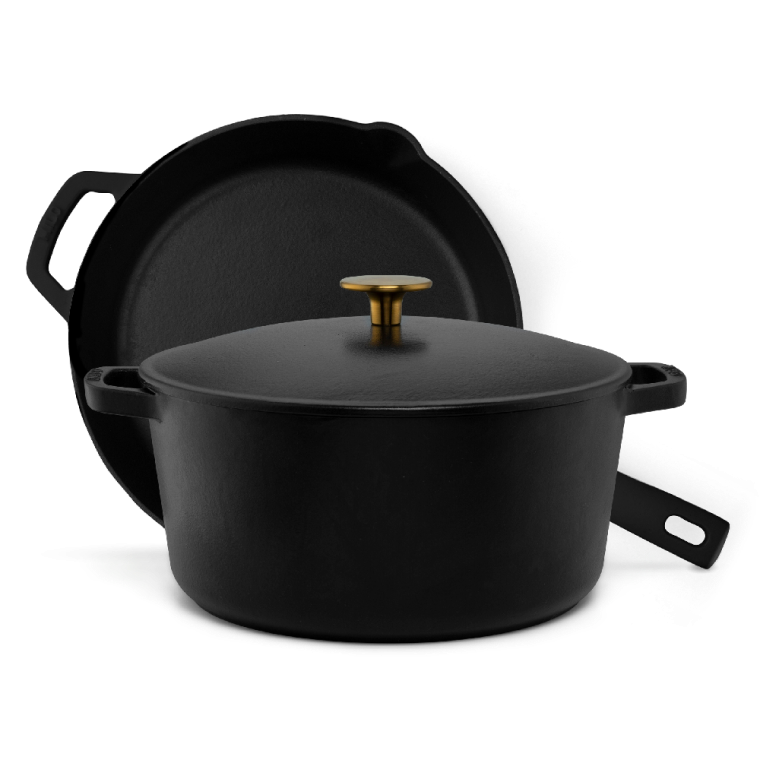
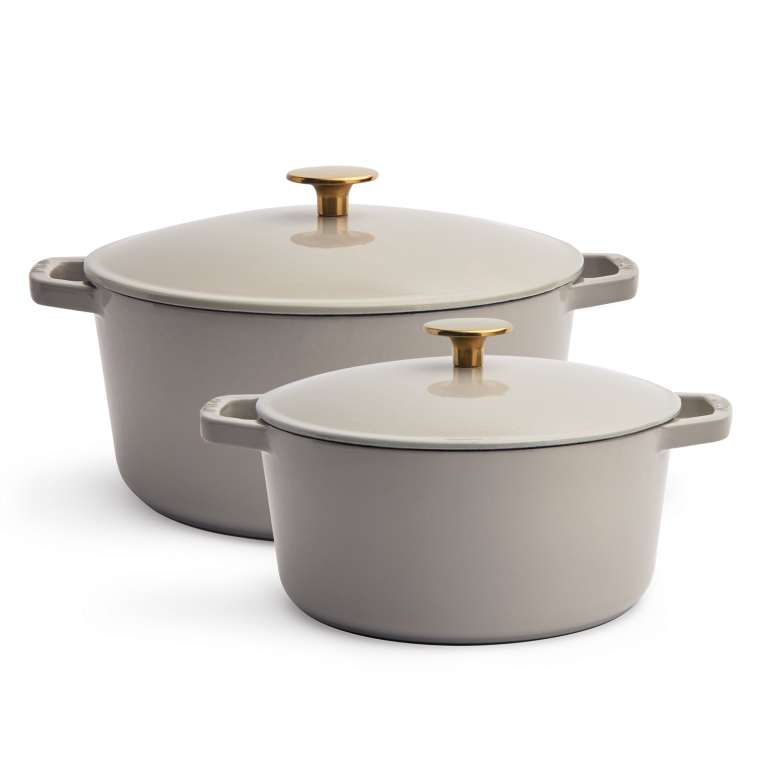





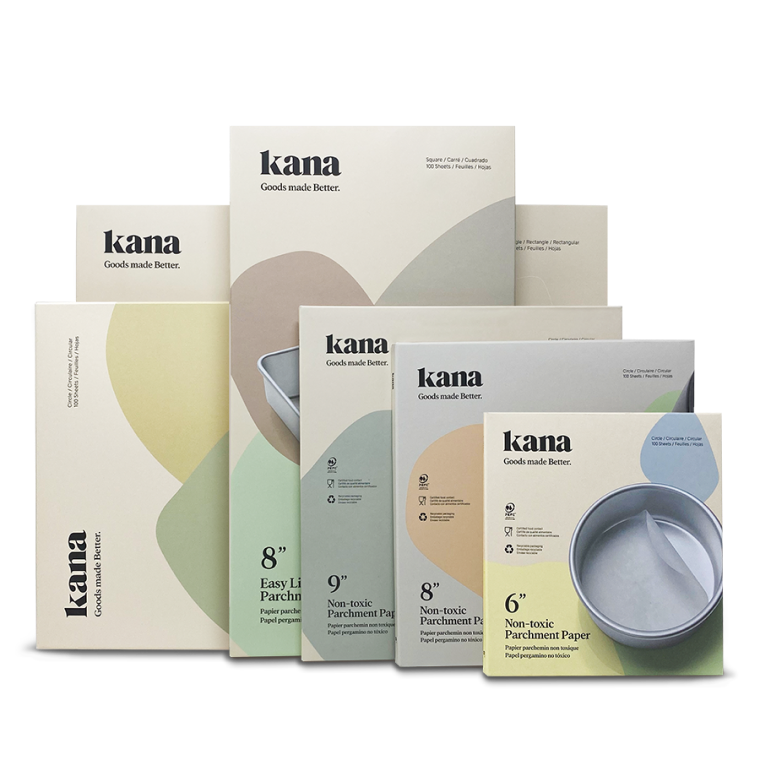







 Parchment Paper
Parchment Paper




